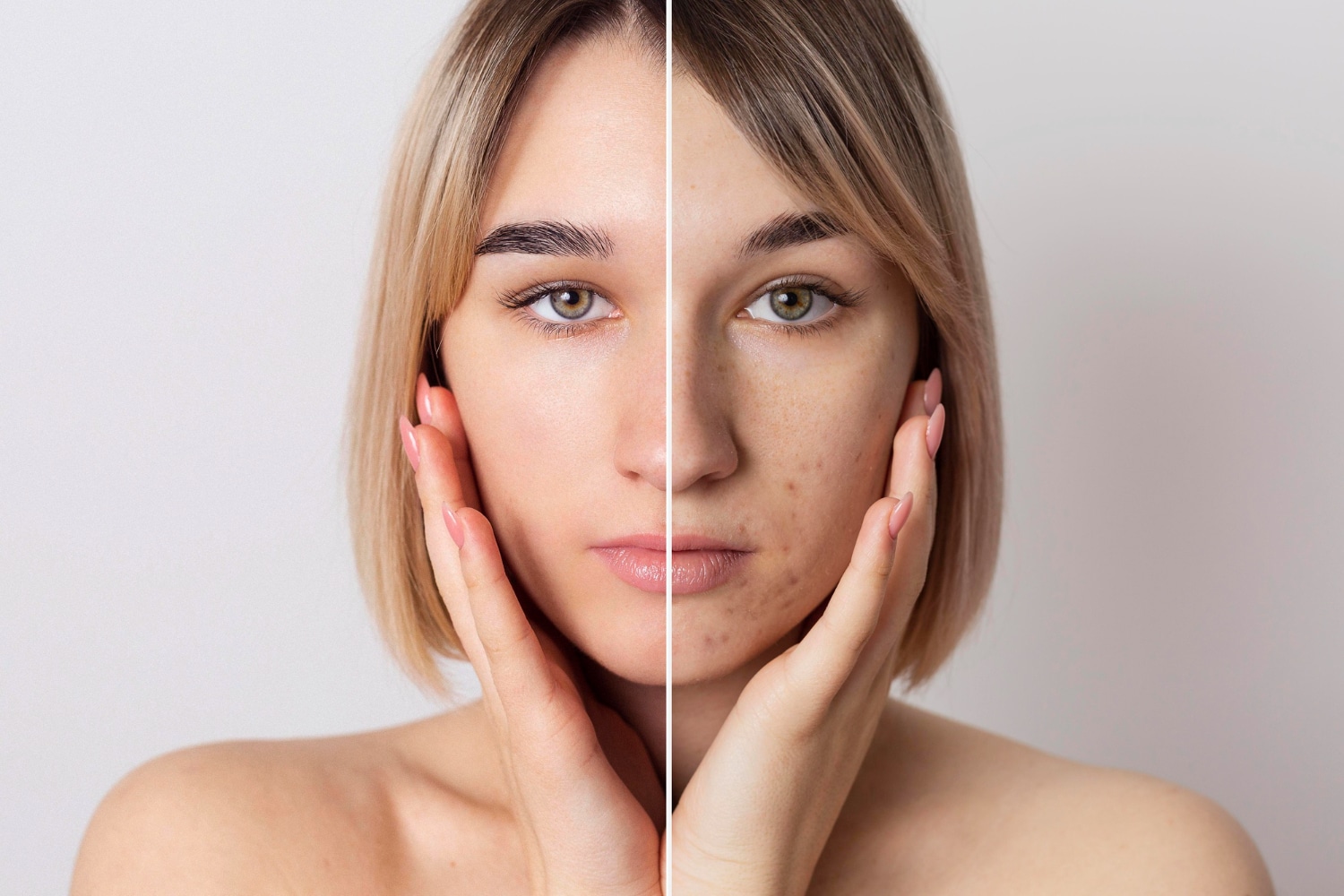
Skin, the body’s largest organ, is profoundly influenced by environmental shifts such as temperature and humidity variations. These changes impact skincare needs, as conditions like acne, psoriasis, eczema, and rosacea exhibit seasonal fluctuations. Fortunately, adapting skincare routines with products tailored to seasonal demands ensures optimal skin health and resilience. When considering clinical treatments, understanding these seasonal dynamics is crucial for effective care.
The skin is structured into three main layers: the epidermis, which acts as a protective barrier against external threats and contains cells like keratinocytes and melanocytes; the dermis, rich in connective tissue, nerves, blood vessels, glands, and essential proteins like collagen and elastin for strength and flexibility; and the hypodermis, a subcutaneous layer of fat cells that provides insulation and cushioning. Each layer plays a vital role in maintaining skin health and functionality.
Recent research highlighted in the British Journal of Dermatology reveals significant seasonal changes in skin barrier function, particularly on the cheeks and hands of 80 subjects studied across summer and winter. The study focused on natural moisturizing factors (NMFs) and observed increased breakdown of filaggrin, a key protein maintaining skin barrier integrity, during winter. Additionally, seasonal variations in corneocyte texture were noted.
During summer, heightened sebum production and increased pigmentation due to UV exposure were observed, while trans-epidermal water loss decreased, suggesting better skin hydration and enhanced lipid presence in the stratum corneum compared to winter. Understanding these seasonal dynamics is crucial for mitigating potential skin damage and optimizing skincare routines year-round.
Summer brings both benefits and challenges for skin health. Increased sun exposure aids in vitamin D production, essential for skin function, but requires careful sun protection due to UV risks. Pigmentation changes and risks of hyperpigmentation from treatments like lasers are heightened in summer. Sebum production rises, affecting acne, while conditions like eczema and psoriasis may improve. However, humidity can promote fungal infections, worsen rosacea, and increase photosensitivity reactions.
Key Points:
Navigating these factors ensures optimal skin care during warmer months, balancing sun benefits with protective measures and suitable treatments.
Winter poses challenges for skin health due to fluctuating temperatures and exposure to dry, snowy conditions. Moving between indoor heating and cold outdoors can cause redness and telangiectasia. Dry, cold air increases trans-epidermal water loss, leading to dry, irritated skin, especially for those with already dry skin types.
Key Points:
Addressing these winter-specific challenges ensures skin remains healthy, hydrated, and protected throughout the colder months, preparing it for optimal health and resilience when facing environmental stresses.
Join our newsletter to receive latest news and offers

Medicle MD Ltd
Reg. Number: 14317237
Address: 27 Old Gloucester Street,
WC1N 3AX London,
United Kingdom